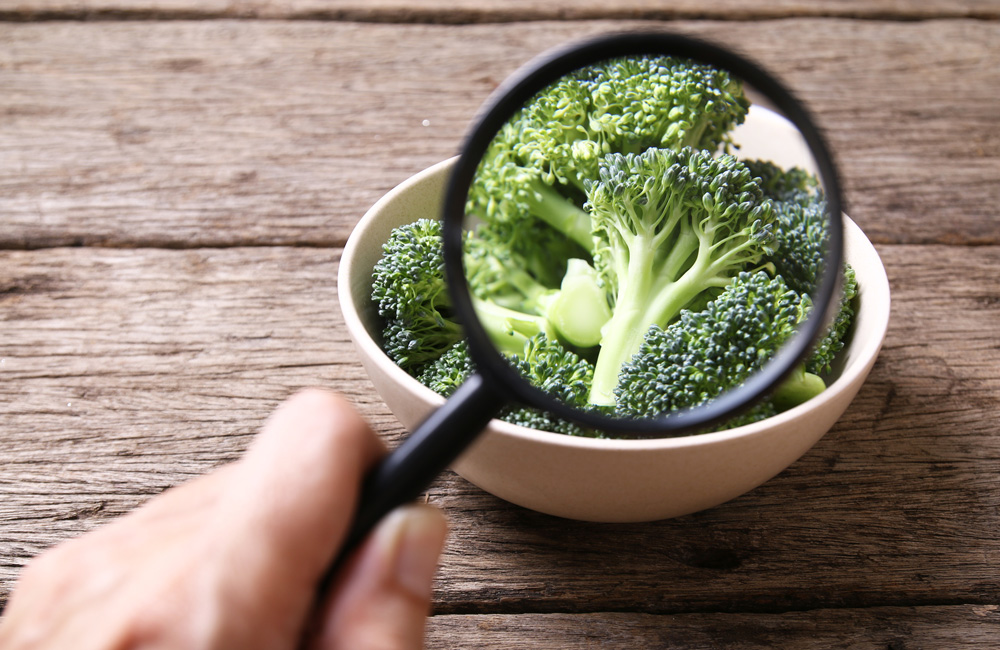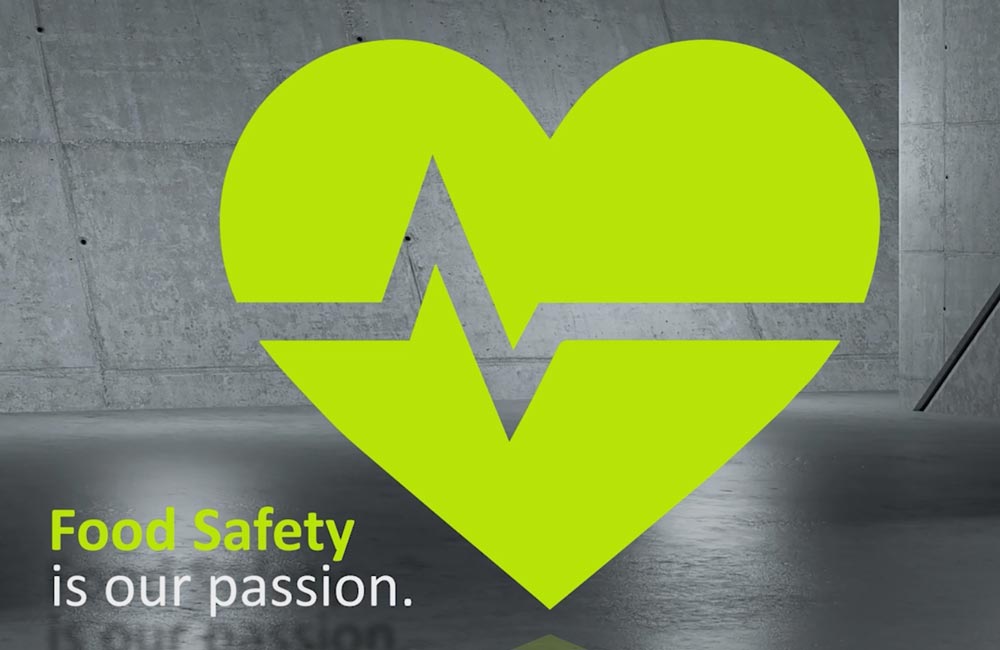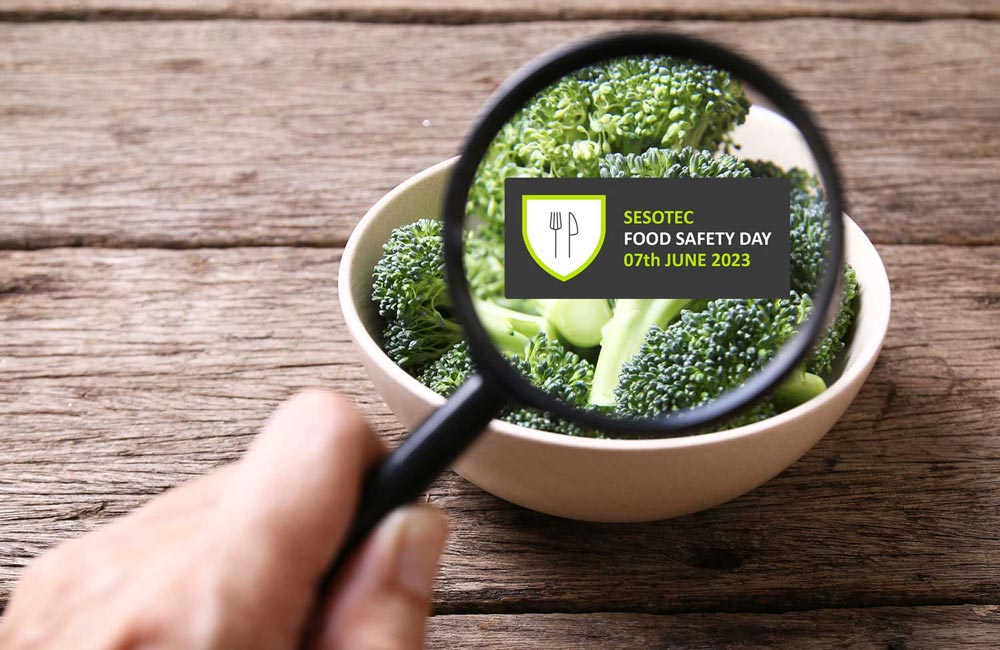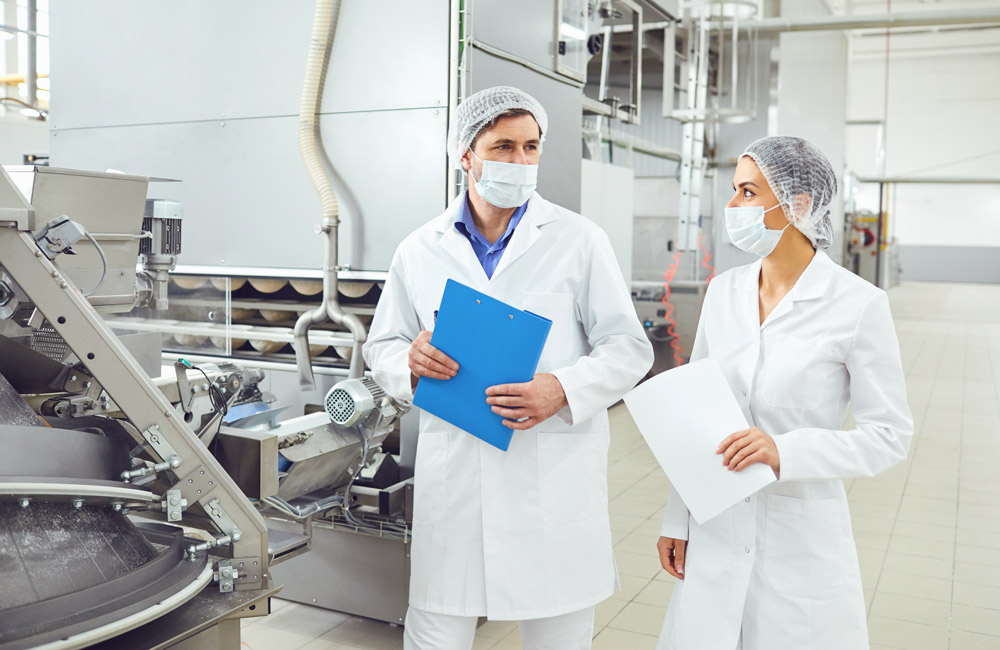Food Safety
29/01/2020 |
What is Food Safety?
As a scientific discipline, food safety draws from a wide range of academic fields, including chemistry, microbiology and engineering. These diverse schools of thought converge to ensure that food processing safety is carried out wherever food products are sourced, manufactured, prepared, stored, or sold. In this sense, food safety is a systemic approach to hygiene and accountability that concerns every aspect of the global food industry.
The following article defines food safety in manufacturing and explains the importance of food safety for the global food chain. Following a brief overview of the different regulatory bodies tasked with evaluating food safety around the world, the article outlines the key principles of effective food safety regulation, the history of food safety and the consequences of unsafe food handling practices and procedures for companies and consumers. 
Food safety regulations in a globalised world
Food products are among the most-traded commodities in the world. As markets become increasingly globalised with each passing year, and as the world’s population continues to grow, the global food supply chain will only continue to increase in scale and complexity. Precisely because of these megatrends influencing the mass production and distribution of food, food safety compliance has never been more important.
Every country has different regulatory bodies that preside over the definition and enforcement of domestic food safety standards. In order to sell or manufacture food products in any given country, domestic and international businesses alike are subject to the food safety legislation and enforcement measures of that nation. In the European Union, for example, food safety legislation is detailed in Regulation (EC) 852. In the United States, the Food Safety Modernization Act outlines the legal requirements for food safety.
Around the world, the majority of laws about food safety are based on two concepts: HACCP and GMP.
HACCP – Hazard Analysis and Critical Control Points is a systemic, risk-based approach to preventing the biological, chemical and physical contamination of food in production, packaging and distribution environments. The HACCP concept is designed to counter health hazards by identifying potential food safety problems before they happen, rather than inspect food products for hazards after the fact. The HACCP concept entails controlling for contaminants at a number of key junctures in the food production process and strict adherence to hygiene practices throughout.
GMP – Good Manufacturing Practices are internationally
recognised quality assurance guidelines for the production of food, beverages,
cosmetics, pharmaceuticals, dietary supplements and medical devices. These
guidelines lay out the protocols which manufacturers must implement to assure
that their products are consistently high-quality from batch to batch and safe
for human use, including
mandatory product inspection at critical control points.
There are also several privately-owned international organisations that provide comprehensive guidelines for auditing food manufacturers on the basis of food safety and hygiene. These international standards facilitate the global food trade by helping food industry players from different countries to ensure that food quality and safety standards are met in a way that transcends borders.
In addition to complying with the food safety laws of the countries in
which they are active, global market leaders in the food industry often pursue
certification with a number of private food regulators. They may furthermore
demand that the upstream and downstream suppliers they work with provide proof
of the same certifications.
Internationally recognised food safety organisations and certification
programs include:
IFS Food 6.1 – The IFS Food Standard is part of the Global Food Safety Initiative and is an international standard for performing audits of food manufacturing processes. Their compliance audits concern both the factory floor and administrative duties, with regulations on topics ranging from the installation of food defence and inspection equipment to thorough bookkeeping.
BRCGS – The British Retail Consortium Global Standards (formerly BRC) are a set of international consumer protection certifications that provide safety criteria for global food retailers, food manufacturers, packaging manufacturers and food service organisations. Their certification for food manufacturers includes an assessment of the equipment used to detect and remove physical contaminants.
SQF – The Safe Quality Food Institute provides detailed safety programs tailored to the specific concerns of different food industry players. The various SQF codes are segmented to address the unique conditions of each stage of the food production life cycle, from agriculture to packaging, from manufacturing to retail. Each SQF program is internationally recognised.
Each of these private food safety organisations have built their
certification programs around ISO 22000, an international norm for food safety
management systems:

Who is responsible for enforcing food safety standards?
While the international regulatory bodies listed above provide guidance, certification and auditing services for global food manufacturers, they are not responsible for the active enforcement of food safety laws.
Every nation defines and establishes its own laws and enforcement practices for food safety regulation and these regulations may vary from country to country, and domestically from region to region. Bringing a food product to a foreign market requires compliance with the food safety and consumer protection laws of that nation and its regional governmental authorities.
Generally speaking, international food safety standards are designed to facilitate compliance with food safety laws in major markets, simplifying the process of receiving approval from foreign governmental regulators.The history of food safety
Foodborne illness has threatened human health since the dawn of time. In fact, many food preparation methods we still use today, such as cooking, canning, smoking and fermentation, can be understood as primitive food safety measures, developed as a means of keeping people from getting sick.
Today, we benefit from centuries of scientific and technological progress that have made an abundance of safe food and drink products something that many of us take for granted. But the concept of food safety as we know it today, and the rigor with which it is enforced, is a relatively new development in human history that is intimately tied to changes in the way we live and eat.
In 1905, American author Upton Sinclair published his novel The Jungle, which featured horrific depictions of Chicago’s meatpacking industry. The ensuing public outrage led the U.S. government to pass the Meat Inspection Act the following year, establishing the first sanitary standards for slaughtering and butchering. This law marked the first time that food processing facilities were subject to regular audits and inspections by governmental authorities and some of the very first laws for food safety in manufacturing.
Across Europe and North America, the industrial revolution ushered in the establishment of many regulatory bodies and foundational laws concerning food safety and inspection. As food production became increasingly mechanised and profit incentives climbed, laws were passed to prevent the intentional sale of food products that were misbranded, contaminated, or otherwise tampered with. It was during this era that ingredients and additives became subject to regulation.
In the decades following World War II, electric refrigerators entered middle class homes across Europe and North America, changing the way that everyday people purchased and stored food. The era of home refrigeration sparked the rapid expansion of industrial food production, as well as a growing need for stricter food regulations. It was in this changing food landscape that Mars Incorporated became the first major food manufacturer to install metal detectors in their facilities in 1947.

The shift from reactive to proactive food safety principles began when HACCP was born in 1959. Recognising that testing finished products was not an effective means of ensuring food quality and safety, scientists at NASA collaborated with the Pillsbury Company, an American manufacturer of baked goods and baking mixes, to create a risk-based system that identified “critical failure areas” in production that posed health risks. With Pillsbury leading the way, this system of hazard analysis and control was adopted by a number of leading food manufacturers in the United States.
By the mid-1980s, scientists around the world agreed that the proactive nature of HACCP provided a more effective means of controlling for food safety hazards than traditional inspection methods. The following decades saw the establishment of international regulatory bodies and third-party audit firms designed to implement and enforce preventative compliance in an increasingly globalised food industry. It is upon this groundwork that modern food safety regulations and practices are built.The seven principles of a safe food supply chain
While HACCP lays out the steps necessary to proactively ensure food quality safety in individual food production environments, a healthy supply chain also demands action on a collective level. The European Union identifies seven overarching food safety principles necessary for the entire food supply chain to operate for the public good.
-
Corporate responsibility – Every company involved in the food supply chain is required to do
their due diligence to ensure the quality and safety of a food product within
the bounds of their responsibility. This includes implementing in-house
controls according to HACCP. In addition, corporations assume liability for any
damages their products may cause.
-
Traceability – All food business operators in the EU are responsible for documenting
where their materials are sourced and where they are sent. This documentation
helps regulatory bodies quickly identify the source of contamination should a
recall become necessary.
-
Official food controls – Governmental authorities within the federal states are responsible
for enforcing EU food law requirements through risk-oriented reviews, targeted
sample collection and regular inspections.
-
The precautionary principle – Competent authorities are permitted to take precautionary measures if
they believe the effect will minimise food safety risks. These precautionary
measures will be reviewed on an ongoing basis as scientific data becomes
available.
-
Independent scientific risk assessment – A governmental
institution that operates independently of political, social and economic
influences is responsible for scientifically investigating and assessing the
risks that food products may pose to human health. In the EU, this institution
is known as the European Food Safety Authority.
-
Separation of risk assessment and risk management – Due to possible
conflicts of interest, a clear distinction is made between those responsible
for scientific risk assessment and those responsible for risk management.
- Transparent risk communication – The public must be promptly informed of imminent and potential food safety hazards. Circulating information about food safety problems is only possible if scientists, policymakers and food business operators communicate transparently.
The importance of food safety and the consequences of non-compliance
Food safety is highly important both financially and ethically. The consequences of failing to comply with food safety standards are manifold. In addition to being incredibly costly for companies who must recall their products, overhaul their processes and manage the public relations crisis, inadequate food safety in manufacturing carries a significant human cost.
The cost of food recalls for companies
Failing to implement an effective food safety protocol can lead to contaminated products entering the food chain. Once the defective product has been discovered, food businesses are subject to dramatic disruptions in their operations as they manage and assume the cost for product recalls.
Food recalls cost companies an average of $10 million USD in direct, immediately measurable costs alone. But the long-term effect that a product recall can have on consumer trust is perhaps even more costly. Some 21 percent of consumers say they would never again purchase anything from manufacturer who had to recall one of their food products.The human cost of unsafe food
The importance of food safety to modern human life would be difficult to understate. Food safety problems are a leading cause of more than 200 preventable diseases worldwide. Each year, one in ten people will suffer from foodborne illness or injury. An estimated 420,000 people die every year as a result of eating contaminated food and more than a quarter of these victims are small children.
In addition to the immediate human cost, inadequate food safety comes with a greater ripple effect that impedes socioeconomic progress, especially in the developing world. The World Health Organisation states that food safety, nutrition and food security are inextricably linked. A lack of safe food creates a “vicious cycle of disease and malnutrition” which overburdens public health services, disrupts social and economic progress and detracts from the quality of life.
About Sesotec
For more than 40 years, Sesotec has been a market leader in the field of contaminant removal and sorting technology. We develop both standardised and customised food safety solutions for food and beverage manufacturers around the world.
White Paper - Five tips to optimise metal detector performance
Metal detectors are an important component of a functioning food safety concept. You already have a metal detector in use? Then read our 5 tips to ensure the optimum performance of your metal detector over the long term.





